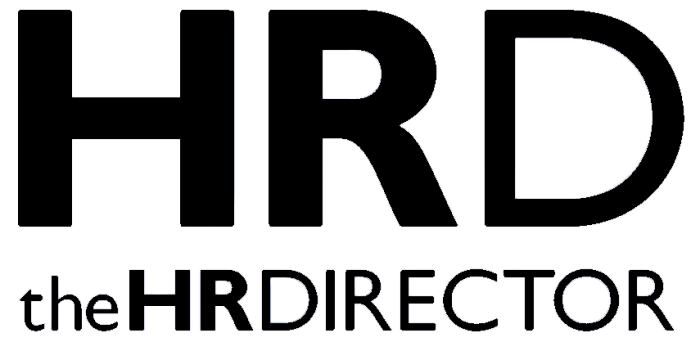theHRDIRECTOR – Latest Synopsis
PLEASE PITCH YOUR TENDERS VIA OUR ONLINE SUBMISSION PORTAL 12th August 2025.
Independence is our strength – covering the issues that directly impact on those with the duty of directing human resources
ISSUE 253 – Synopsis – November 2025
Insourcing – maintaining humanity
As organisations increasingly re-evaluate their operating models the topic of insourcing is rising on the HR agenda – not merely as a cost-control or efficiency measure – but as a profound reconnection with people, purpose and culture. Insourcing is increasingly the strategic decision to bring previously outsourced roles, services or capabilities back in-house and although challenging and potentially disruptive, it offers more than operational benefits. When carefully planned, it becomes a catalyst for restoring organisational humanity, offers opportunities to expand skillsets and career horizons and deepen employee engagement, rebuilding organisational knowledge and embedding values-led behaviours. However, the process is complex, demanding nuanced leadership and a strong HR voice. The challenges are real, as transitioning functions back in-house often involves navigating legacy outsourcing agreements, legal intricacies and delicate employee relations. Integrating returning teams into existing cultures can strain trust if not handled with transparency and empathy and there is also a risk that insourcing becomes purely transactional – driven by cost or control – without addressing the human impact on all parties involved. Yet the opportunities are compelling. Insourcing can develop and support inclusion, belonging and innovation and enables organisations to realign roles with core values, invest in long-term capability building and re-establish direct relationships with their workforce. In an age of AI, automation and remote work, there is renewed value in human-centered strategies that elevate dignity, voice and purpose. So, in this issue, we invite articles chronicling insourcing journeys, about maintaining leadership, trust and cultural integration during insourcing. We are looking for insight into the human implications of reversing outsourcing decisions and how to align insourcing with ESG, DEI and wellbeing agendas. We want to explore the role of employee voice and co-creation in transition planning, as well as the role of tech and automation in enabling more human-centred insourcing. We are seeking sharp, original perspectives that reflect strategic insight, lived experience and practical relevance for our senior HR audience.
Reward and Recognition
As organisations adapt to shifting workforce expectations, talent shortages and evolving definitions of success, the topic of Reward and Recognition has never been more relevant or more complex. For HR & People leaders, this is no longer simply a question of pay structures or bonus schemes, it is about what we value, how we show appreciation and how we motivate people to thrive in a post-traditional working world. Now, employees seek more than financial compensation, they are looking for meaning, belonging, growth and wellbeing. In this environment, reward strategies must be inclusive, fair and aligned with culture and recognition and has to be timely, authentic and human-centred, moving beyond “employee of the month”, towards genuine connection and appreciation. The challenges are nuanced and complex, as organisations must navigate pay transparency, equity and the demands of multi-generational and multicultural workforces, often internationally. The rise of hybrid work has made visibility and recognition more difficult, raising questions about unconscious bias and fairness. Budget constraints add further complexity and increasingly, reward is being linked to environmental, social and governance (ESG) goals, adding another layer of accountability. Yet the opportunities are rich, as a well-designed reward and recognition strategy can drive engagement, attract and retain top talent and build a culture where people feel seen and valued. Personalisation, data-led insights and digital tools offer new ways to deliver impact. Recognition programmes that align with purpose and values can reinforce the behaviours organisations most want to see. So we invite senior HR professionals, thought leaders and subject matter experts to submit synopses for articles exploring the evolving landscape of reward and recognition. We want to explore innovative approaches to reward in the new world of work, that balances fairness, transparency and competitiveness in pay. We want to hear about new thinking in recognition strategies that build belonging and connection and how to align with purpose, performance and values. We want to question the role of bonuses and how incentives and non-monetary rewards are now placed. Also, how is technology and AI impacting reward strategy?
Supporting portfolio careers
In today’s dynamic labour market, portfolio careers, where professionals engage in multiple simultaneous roles or projects rather than a single traditional job, are rapidly reshaping how work and talent are structured. For HR & People leaders, understanding and supporting this shift is essential to unlocking new sources of innovation, flexibility and engagement, while maintaining organisational cohesion and culture. Portfolio careers offer individuals greater autonomy, variety and opportunities for continuous learning and they reflect a fundamental change in how careers are built, driven by evolving employee expectations, technological enablement and a growing desire for meaningful, purpose-driven work. For organisations, embracing portfolio careers can enhance agility, tap into diverse skillsets and build a more resilient talent ecosystem. However, the transition to portfolio career models brings significant challenges and HR must rethink traditional talent management frameworks that are often designed for full-time, single-role employment. Issues such as employment status, benefits, career progression, performance evaluation and workforce planning require fresh approaches. Maintaining a strong sense of belonging and culture across fluid, diverse teams demands intentional strategies, as compliance and legal complexities add further layers to the tableau. At the same time, the opportunities are considerable, enabling organisations to cultivate a culture of empowerment, adaptability and continuous development. HR can lead in designing inclusive policies and practices that recognise the unique needs of portfolio workers, including flexible working arrangements, tailored learning pathways and innovative reward structures. Technology can then support seamless collaboration and engagement across varied roles and locations. We invite submissions addressing this subject and are keen to explore how to; integrate portfolio workers into organisational culture and engagement strategies and redefine career development and progression in portfolio contexts. We will be looking at the legal and compliance considerations in portfolio employment models, how to design flexible benefits and reward systems that align, as well as how technology can be leveraged to support collaboration and performance management. We will also look at the impact of portfolio careers on employer branding and talent attraction.
Line management redefined
As organisations navigate rapid change and increasingly complex work environments, the role of line management is undergoing profound transformation. Redefining line management is pivotal, not only to drive performance and accountability, but also to maintain humanity at the heart of organisational success. Traditionally seen as operational enablers, line managers are expected to be coaches, culture carriers and trusted leaders of people experience. This expanded remit requires a shift in mindset, skills and organisational support. Line managers now sit at the intersection of strategy and employee wellbeing, tasked with managing diverse, often hybrid teams, creating engagement and enabling agility in uncertain times. The challenges are significant and many report feeling ill-equipped for these expanded responsibilities, caught between competing demands of productivity and people-centred leadership. Inconsistent training, insufficient time and lack of clarity can undermine their effectiveness. Moreover, the increased complexity of workforce dynamics – ranging from mental health to remote working – requires new approaches that traditional line management frameworks often fail to address. Yet, the opportunities are immense. By investing in redefining and strengthening line management, organisations can unlock enhanced employee engagement, retention and innovation. Empowered line managers can become authentic champions of culture, driving inclusion and trust. They can also act as critical conduits for organisational agility, translating strategy into action while nurturing individual growth. The areas we are looking to investigate include; reskilling and upskilling line managers for modern leadership demands, balancing operational performance with empathetic people management, supporting line managers in managing hybrid and diverse teams, the role of line managers in embedding culture, wellbeing and inclusion, leveraging technology to enable effective line management and measuring and rewarding effective line leadership. In what areas do line managers need up- and reskilling? Do Managers still have the same impact on an employee experience and are they equipped to deal with global dynamics, shifting policies at global level and shifting generations in the workforce/dynamics and are they impactful champions of DEI? Is there a case to argue that line management is outdated and a throwback of conventional world of work? How useful a function is line management and do we really understand its tactical impact? Are leaders sympathetic to the pressures they face everyday?
As with all of our subjects in issue 253, we welcome your expert knowledge and ideas for potential articles, to shine a light on the future challenges and opportunities that our readership faces in 2025.
Please post them on our Editorial Portal.
Please click here to submit your article for our flagship publication.
If you would like to be added to our Monthly Synopsis Mailing List, please CLICK HERE

